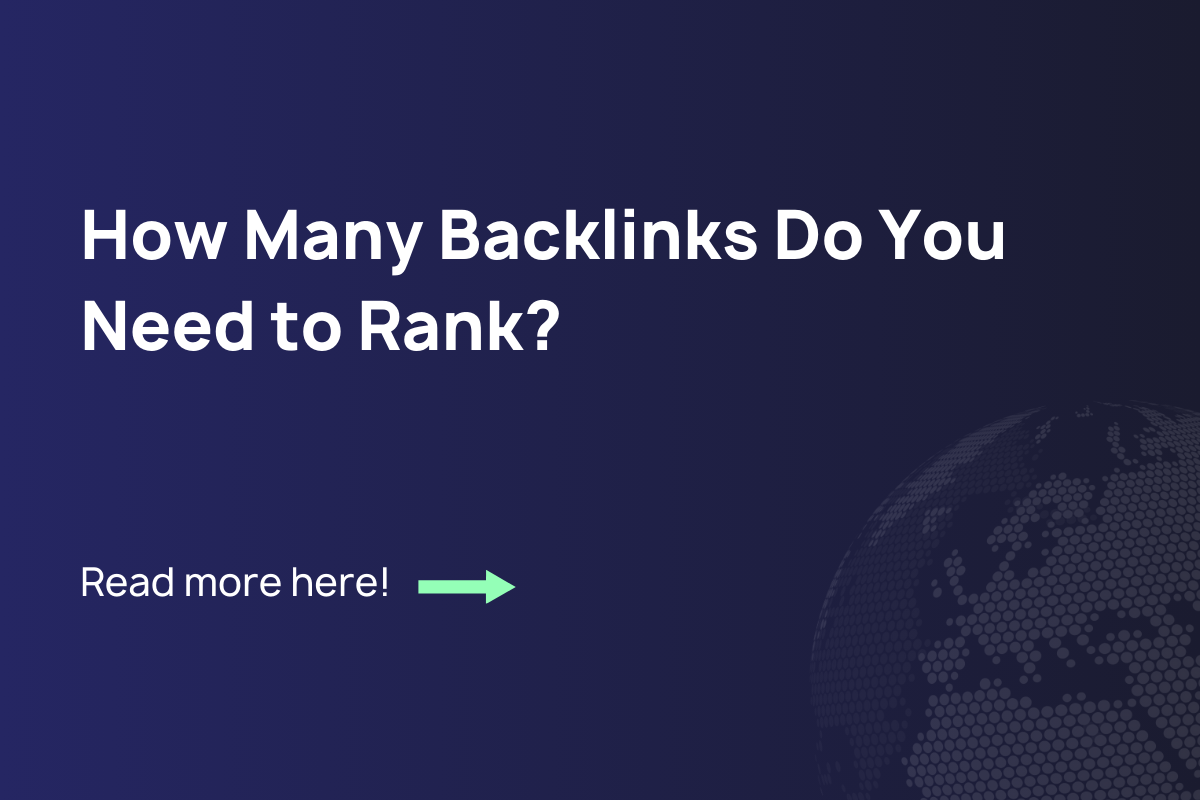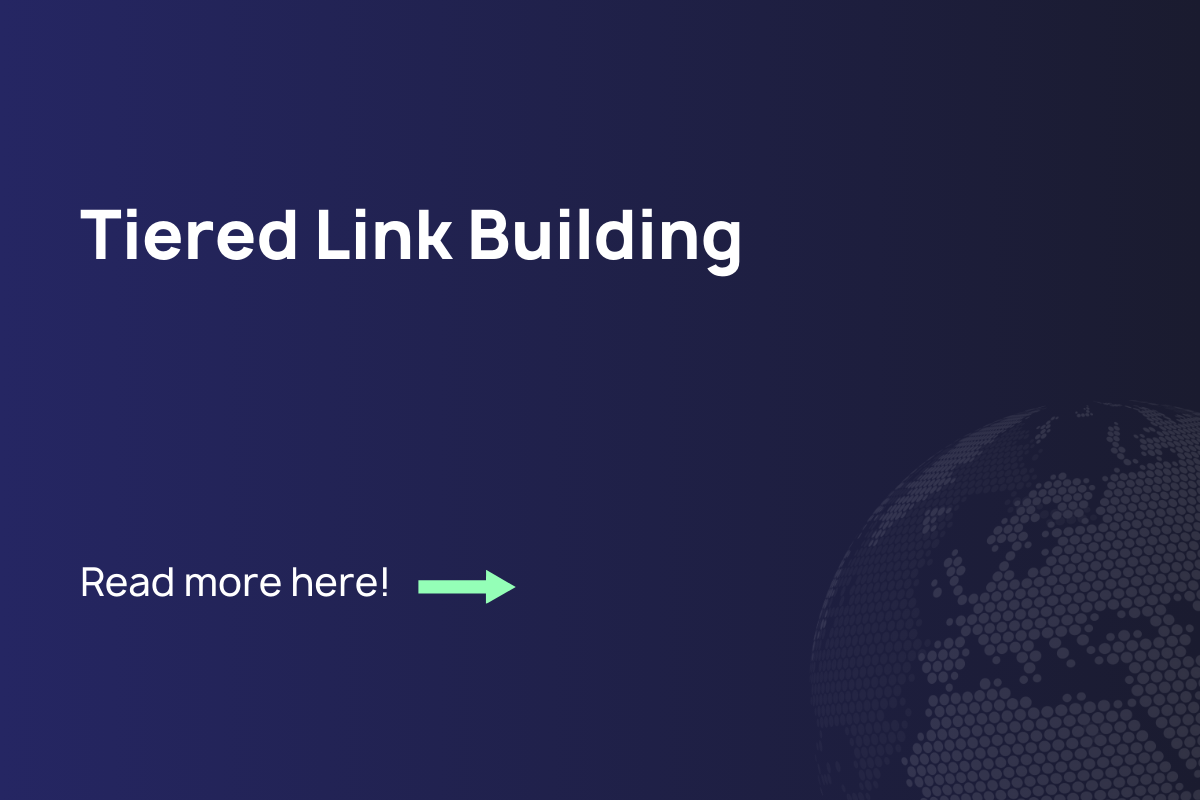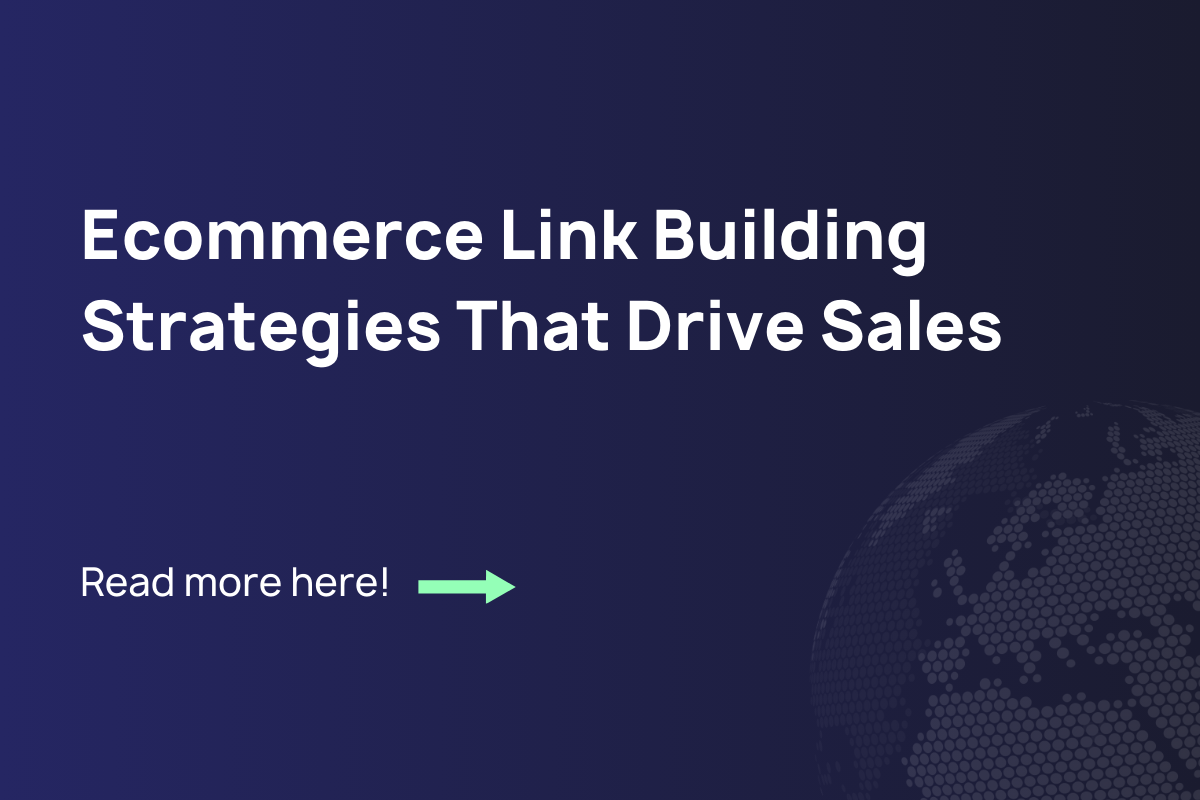Contextual backlinks remain the gold standard for improving rankings and driving qualified traffic. At their core, contextual backlinks are hyperlinks embedded within relevant content that point to your website, providing both search engines and users with valuable context about your site’s relevance and authority.
We’ve helped hundreds of businesses transform their SEO performance through strategic contextual link building. Time and again, we’ve seen how these powerful signals can elevate websites from obscurity to page one rankings when implemented correctly.
Contextual backlinks represent the most natural form of link building. Think about how you naturally reference sources when writing content. You don’t add links in the footer or sidebar – you place them directly within your paragraphs where they add value to readers. This natural integration is precisely why search engines place such high value on contextual links.
In this comprehensive guide, we’ll explore exactly what makes contextual backlinks so valuable, how to identify the best opportunities, and proven methods to build them effectively without falling into common traps that could harm your site.
What Are Contextual Backlinks? Defining the SEO Powerhouse
Contextual backlinks are hyperlinks placed naturally within the body content of a webpage, surrounded by topically relevant text that provides context for both users and search engines. Unlike links in navigation menus, footers, or sidebar widgets, contextual backlinks appear directly within paragraph text where they serve as helpful resources that enhance the reader’s experience.
The placement within relevant content is what makes contextual backlinks significantly more valuable than other link types. Google’s algorithms give greater weight to links that appear in contextually relevant surroundings because they represent genuine editorial endorsements rather than automated or generic connections.
Contextual backlinks typically fall into three categories:
- Internal contextual links: These connect different pages within your own website, guiding visitors logically through your content while distributing page authority across your site.
- Inbound contextual links: These valuable links come from external websites pointing to your content within their relevant text (the primary focus of most link building efforts).
- Outbound contextual links: These are links from your site to external resources that provide additional value to your visitors.
When we analyze high-performing websites across competitive niches, we consistently find that contextual backlinks from relevant sources form the backbone of their link profiles. The context surrounding these links provides crucial topical signals that help search engines understand what your page is about and which queries it should rank for.
For example, if you run a website about organic gardening, a contextual backlink from a paragraph discussing sustainable pest control methods on a gardening blog will carry significantly more weight than a random link from an unrelated website’s resources page.
The Undeniable Benefits of Contextual Backlinks
Investing in contextual backlinks yields multiple advantages that extend far beyond simple ranking improvements. Let’s explore why these links should be the cornerstone of your SEO strategy.
Stronger Domain and Page Authority
Contextual backlinks from relevant sources act as powerful votes of confidence in your content. When topically related websites link to you within their content, search engines interpret this as a stronger endorsement than random links from unrelated sources.
Our clients consistently see domain authority increases after implementing targeted contextual link building campaigns. The most dramatic improvements typically come from contextual backlinks placed within highly relevant content on authoritative websites in their niche.
- Contextual links pass more authority than non-contextual placements
- Relevance multiplies the authority transfer potential
- Consistent acquisition of contextual backlinks creates cumulative authority growth
- Both domain and page-level metrics benefit from quality contextual links
Superior Rankings for Target Keywords
Contextual links provide clear topical signals, especially when the surrounding text and anchor text relate to your target keywords. This helps search algorithms better understand what your page is about and which search queries it should rank for.
We’ve observed contextual backlinks moving the needle on rankings more effectively than any other type of link. The context surrounding the link provides additional relevancy signals that amplify the link’s impact on your search visibility.
- Contextual backlinks with relevant anchor text strengthen keyword rankings
- The topic of the linking page reinforces your page’s relevance for similar queries
- Natural contextual links avoid over-optimization penalties
- Strategic contextual linking accelerates ranking improvements for competitive terms
Quality Referral Traffic That Converts
Unlike links buried in footers or resource pages, contextual links appear exactly where engaged readers are actively consuming content. This strategic placement makes visitors much more likely to click through to your website.
This traffic typically converts at higher rates because:
- Visitors arrive with established context about your offering
- They’re already engaged with related content
- The referring site effectively pre-qualifies them as interested in your topic
- The natural recommendation format builds trust before the click occurs
Enhanced Brand Visibility and Recognition
When authoritative websites in your industry reference your content through contextual links, their audience becomes aware of your brand. These natural mentions position you as an authority worth paying attention to.
- Each contextual backlink represents an endorsement to a new audience
- Repeated exposure across multiple relevant sites builds brand recognition
- Contextual mentions from industry leaders establish credibility by association
- The content surrounding your link primes visitors for what to expect from your brand
What Makes a High-Quality Contextual Backlink?
Not all contextual links deliver equal value. Understanding the characteristics of truly beneficial contextual backlinks will help you focus your efforts on acquiring links worth pursuing.
Topical Relevance: The Core of Contextual Value
The most powerful contextual links come from content closely related to your industry, niche, or specific topic. This relevance exists at multiple levels:
- Domain relevance: A link from a website in your industry
- Page relevance: A link from a page discussing your specific topic
- Contextual relevance: A link surrounded by text directly related to what your page covers
For example, if you sell organic skincare products, a contextual backlink from a health and wellness blog discussing natural beauty routines provides stronger relevance signals than a link from a general lifestyle site with broader coverage.
- The best contextual links align with your content at all three relevance levels
- Moderate value contextual backlinks match at least two relevance levels
- Even with high domain authority, contextual links from irrelevant content offer diminished value
Authority and Trust of the Linking Domain
Contextual backlinks act as votes of confidence, but not all votes carry equal weight. Links from established, trustworthy websites in your industry deliver significantly more value than links from new or low-quality sites.
Key indicators of a quality linking domain for contextual backlinks include:
- Established history and consistent publishing
- Strong backlink profile of their own
- Original, expert content creation
- Editorial standards and content review processes
- Natural traffic patterns and engagement metrics
Our link building marketplace carefully vets all publishers to ensure they meet these quality standards before we facilitate any contextual backlink placements.
Placement Within the Content
The location of your contextual backlink within the content significantly impacts its value. Links placed prominently within the main body text—especially early in the content—typically pass more value than those buried at the bottom of a page.
We’ve analyzed thousands of contextual backlinks across our client base and consistently found that links positioned within the first half of content perform better for both SEO impact and referral traffic generation.
- Contextual links in the opening paragraphs receive more visibility
- Links placed within the most informative sections carry more weight
- Contextual backlinks surrounded by relevant keywords amplify topical signals
- Natural placement where the link adds genuine value performs best long-term
Natural Anchor Text Distribution
The clickable text of your contextual backlinks (anchor text) should vary naturally across your backlink profile. While including relevant keywords in anchor text can help search engines understand your content, an overabundance of exact-match keyword anchors appears manipulative.
A healthy contextual backlink anchor text distribution typically includes:
- Brand name mentions
- Naked URLs (your website address as the clickable text)
- Descriptive phrases related to your content
- Occasional exact match keywords (used sparingly)
- Natural language variations and partial matches
When we manage contextual link building campaigns for clients, we carefully monitor anchor text distribution to ensure a natural, diversified profile that maximizes impact while minimizing risk.
How to Build Contextual Backlinks Effectively
Now that we understand the value of contextual backlinks, let’s explore proven strategies for acquiring them. We’ve refined these techniques through years of successful campaigns for clients across diverse industries.
Create Content That Naturally Attracts Contextual Backlinks
The foundation of any successful contextual link building strategy starts with creating exceptional, reference-worthy content. Before outreach begins, ask yourself: “Would other sites naturally want to link to this content?”
Linkable content typically falls into several categories:
- Original research and data: Unique insights that others need to reference when making claims
- Comprehensive guides: Ultimate resources that cover topics exhaustively from multiple angles
- Expert perspectives: Unique viewpoints that can’t be found elsewhere
- Visual assets: Infographics, diagrams, and illustrations that explain complex concepts simply
- Tools and calculators: Interactive resources that solve specific problems for your audience
Our content team specializes in creating these types of contextual backlink magnets for clients who want to build a strong foundation for organic link acquisition. While creating linkable content requires investment, it delivers long-term value by attracting contextual backlinks naturally over time.
Strategic Guest Posting for Contextual Backlinks
Guest posting remains an effective strategy for building contextual backlinks when done properly. The key is focusing on quality over quantity and ensuring genuine value delivery.
Effective guest posting for contextual backlinks involves:
- Identifying truly relevant publications with engaged audiences
- Pitching unique content ideas that serve the publication’s readers
- Creating exceptional content that stands on its own merit
- Including contextual links only where they genuinely enhance the reader’s experience
- Building relationships rather than treating outlets as one-time link opportunities
Remember that weak guest posts on low-quality sites can actually harm your SEO efforts. Our link building marketplace connects you with vetted, quality publications that maintain editorial standards while providing authentic contextual linking opportunities.
Broken Link Building: The Contextual Link Recovery Method
Broken link building remains one of the most effective white-hat strategies for securing contextual backlinks. This approach involves:
- Finding relevant pages with broken outbound links
- Creating superior content to replace what was previously linked
- Contacting the website owner to suggest your resource as a replacement
This technique works because you’re solving a real problem for the website owner—helping them fix broken links that create a poor user experience. Our team can identify broken link opportunities specific to your industry, saving you countless hours of manual research.
- Broken contextual links on resource pages offer easy replacement opportunities
- Industry guides with outdated links provide natural contextual linking scenarios
- Blogs with dead links in tutorial content welcome helpful replacements
- List posts with multiple broken links present multiple contextual link opportunities
Leveraging Unlinked Brand Mentions for Contextual Links
Sometimes your brand is already mentioned across the web without corresponding links. These unlinked mentions represent low-hanging fruit for contextual backlink acquisition.
Our process involves:
- Monitoring for brand mentions across the web
- Identifying mentions without hyperlinks
- Reaching out with a friendly request to convert the mention to a link
- Providing additional value when possible (such as updating outdated information)
This approach typically yields high conversion rates because you’re not asking for a new mention—just enhancing one that already exists with a proper contextual backlink.
Interview-Based Contextual Link Building
Participating in interviews, podcasts, and expert roundups provides natural opportunities for contextual links. When you share your expertise, the host naturally includes links to your site for audience reference.
This strategy creates a double win:
- You receive valuable contextual backlinks
- You gain exposure to new audiences interested in your expertise
Consider outsourcing link building to our team of specialists who maintain relationships with podcast hosts and publication editors across numerous industries. These established connections can open doors that might otherwise remain closed to individual outreach attempts.
Common Contextual Link Building Challenges (And How to Overcome Them)
Even with proven strategies in place, contextual link building presents several challenges. Let’s address the most common obstacles and how to navigate them successfully.
Finding Truly Relevant Link Opportunities
Many SEO practitioners struggle to identify enough relevant websites for contextual link building in their niche. This challenge is particularly acute in specialized industries with smaller online footprints.
Solution: Expand your definition of relevance beyond exact-match websites. Consider tangential niches that overlap with yours. For example, a wedding photographer might find contextual link opportunities not just on photography sites but also on wedding planning blogs, venue directories, and even local business resources.
Our competitor research tools help identify these expanded relevance opportunities by analyzing the backlink profiles of successful competitors in your space.
- Start with core niche websites for your strongest contextual backlinks
- Expand to related industries that share audience overlap
- Consider local or regional publications for geo-specific contextual links
- Look for topic connections that might not be immediately obvious
Securing Contextual Backlinks Without Excessive Costs
Quality contextual links often come with a price tag—whether direct costs for placement or indirect costs in time and resources spent on content creation and outreach.
Solution: Diversify your approach by combining:
- Free methods (creating linkable assets, relationship building)
- Strategic networking (industry associations, partner cross-promotion)
- Selective investments (our contextual link building packages provide predictable costs and results)
Remember that investing in fewer high-quality contextual backlinks typically delivers better ROI than numerous low-quality placements. Our link building packages are designed to maximize value while maintaining strict quality standards for all contextual placements.
Maintaining Natural Contextual Link Velocity
Building too many contextual links too quickly can trigger spam filters and algorithmic penalties, while building too slowly may delay competitive results.
Solution: Develop a consistent, sustainable contextual link building schedule that mimics natural growth patterns. This often means starting with a moderate pace and gradually increasing as your site gains authority and recognition.
- Analyze competitor contextual link acquisition rates for industry benchmarks
- Adjust velocity based on your site’s age and existing authority
- Prioritize quality over quantity with each contextual placement
- Build contextual links steadily rather than in suspicious spikes
Our link building services include strategic pacing recommendations based on your current profile, industry benchmarks, and competitive analysis to ensure natural contextual link growth.
Avoiding Over-Optimization in Contextual Backlinks
Contextual links with excessive keyword-rich anchor text can trigger over-optimization penalties, even when the links themselves come from legitimate sources.
Solution: Maintain anchor text diversity by focusing on natural language variations. When working with publishers, avoid specifying exact anchor text. Instead, provide general topics and let the writer integrate contextual links naturally.
Our transparent reporting shows exactly what anchor text is being used across your contextual backlink profile, helping you maintain healthy distributions that appear natural to search engines.
White Label Link Building: Perfect for Agencies and Consultants
If you’re an agency or consultant managing client SEO, our white label contextual link building services provide a seamless solution for delivering high-quality backlinks without the operational overhead.
Our white label solution offers:
- Consistent reporting with your agency branding
- Complete confidentiality and background operation
- Cost-effective alternative to in-house link building teams
- Expert-curated contextual link packages tailored to client niches
This approach allows you to focus on strategy while we handle the time-consuming aspects of contextual link acquisition. Your clients see improved rankings while you maintain full control of the relationship.
- Deliver premium contextual backlinks under your brand
- Scale your agency offerings without expanding headcount
- Maintain consistent results across multiple client accounts
- Leverage our marketplace connections while preserving your client relationships
Start Building Powerful Contextual Links Today
Contextual backlinks remain one of the most effective ways to boost your search visibility and drive qualified traffic to your website. By focusing on relevance, quality, and natural integration, you can build a backlink profile that delivers sustainable results.
Whether you’re looking to buy backlinks through our reputable marketplace, develop an ongoing link building strategy, or outsource link building entirely, we provide transparent, effective solutions tailored to your specific needs.
Our specialized contextual link building services help you navigate the complexities of modern SEO while avoiding common pitfalls. With our carefully vetted publisher network and experienced team, you can secure the exact types of contextual backlinks needed to outrank your competitors.
Ready to transform your link profile with high-quality contextual backlinks? Start your free trial today and discover how our data-driven approach delivers measurable improvements to your search rankings and bottom line.
Remember: When it comes to backlinks, context isn’t just important. It’s everything.



